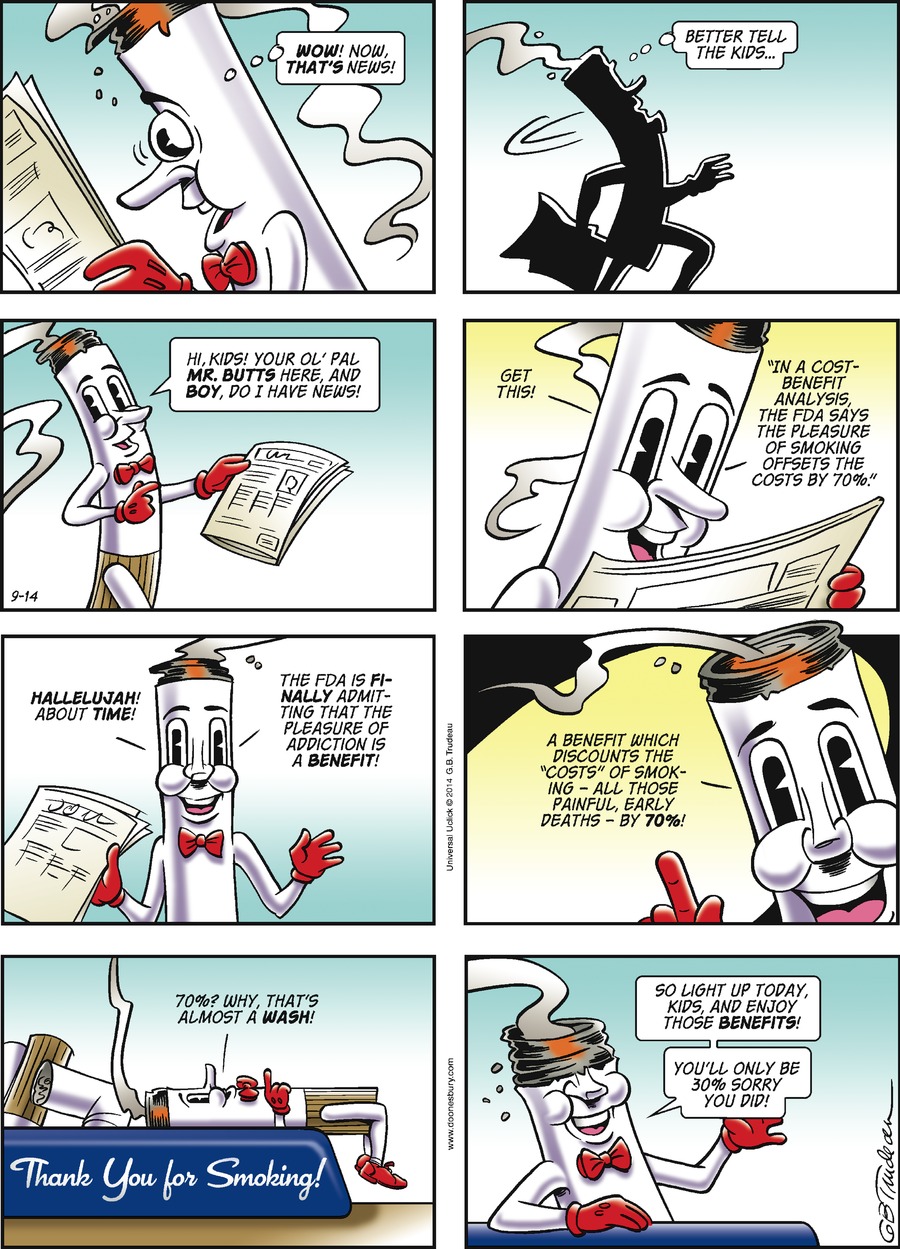September 21, 2014
The chief justice of the Australian Supreme Court, RS French, gave a thoughtful speech entitled "Investor-State Dispute Settlement — A Cut Above the Courts?" to the Supreme and Federal Courts Judges' Conference on 9 July 2014. It is well-worth reading by anyone interested in how investor-state provisions of free trade agreements are undermining democracy.
Here is the intorductory section:
The High Court of Australia and the Egyptian Court that recently sentenced Al Jazeera journalists, including Australian Peter Greste, to long terms of imprisonment, have something in common. Along with many other courts, their decisions may be called into question in arbitral proceedings under investor-state dispute settlement ('ISDS') processes. This paper concerns the use of those processes by private investors to bring claims against countries which are parties to bilateral investment treaties ('BITs') or free trade agreements ('FTAs'). Its focus is on the tension that can exist between those arbitral mechanisms and the legitimate functions of the legislative, executive and judicial branches of governments.
September 21, 2014
Erich Schwartzel, an enterprising reporter for The Wall Street Journal, published an article last week about the e-cigarette industry’s use of paid product placement in American movies (Coming soon to theaters near you: E-cigarettes, 14 Sept 2014). Among other revelations, the story notes that Ryan Kavanaugh, CEO of the “mini-major” movie studio Relativity, serves on an e-cigarette company’s board and aims to use mainstream films to promote the products. Billionaire Ron Burkle, a major political contributor, is Relativity’s second-largest investor.
The Wall Street Journal also notes that domestic tobacco giants, barred from placing tobacco products in films by the 1998 Master Settlement Agreement with state attorneys general, could soon be swarming Hollywood to promote the products of their own e-cigarette divisions.
September 13, 2014
September 13, 2014
Just as I was leaving for vacation a few weeks ago, Ann McNeill, Jean-Francois Etter, Konstantinos Farsalinos, Peter Hajek, Jacques l e Housezec, and Hayden McRobbie published a blistering critique of the review of the scientific evidence on e-cigarettes that Rachel Grana, Neal Benowitz, and I prepared for the WHO last year and the subsequent peer reviewed review paper that we published in Circulation a few months later based on the WHO report (that included several important papers published after we delivered the report to WHO).
When I finally read the NcNeill critique when I returned, I was surprised at its harsh tone, but, in consultation with my coauthors, decided that nothing would be gained by responding. Our work is available for all to read to judge whether we made a fair assessment of the evidence.
A few days ago, however, I received a copy of a detailed response to the McNeill et al paper prepared by David W Bareham, which I reproduce in full below.
August 22, 2014
The CDC today updated its official fact sheet on smoking in movies.
Among many other important things, it says: "Giving an R rating to future movies with smoking would be expected to reduce the number of teen smokers by nearly 1 in 5 (18%) and prevent one million deaths from smoking among children alive today."
It also says: "In 2012, the Surgeon General concluded that exposure to onscreen smoking in movies causes young people to start smoking. Because of this exposure to smoking in movies: 6.4 million children alive today will become smokers, and 2 million of these children will die prematurely from diseases caused by smoking."
It also contains data on individual studios' performace in 2013.
The Full official link, stable from year to year is http://www.cdc.gov//tobacco/data_statistics/fact_sheets/youth_data/movie...
Check it out!

